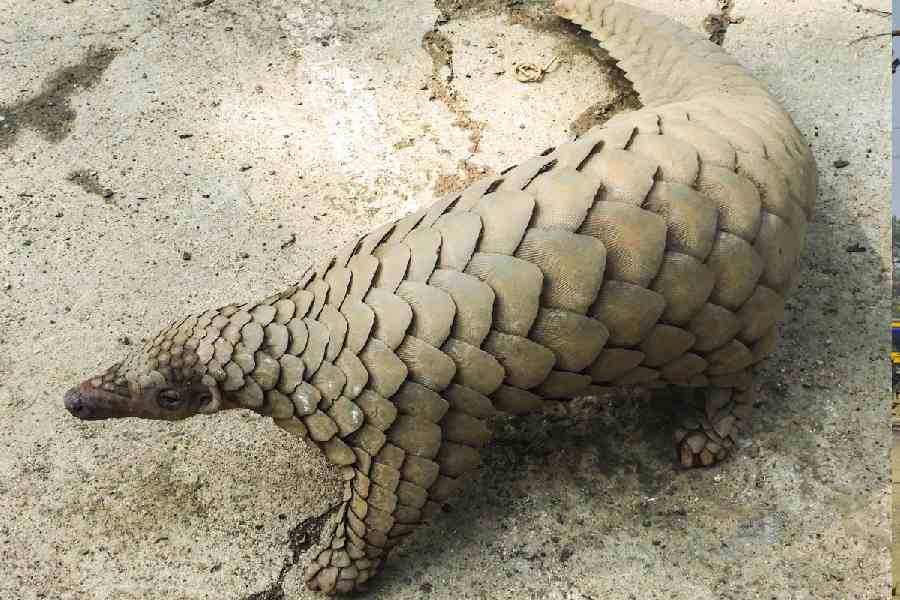 |
If you thought aggression is the way to stamp one’s authority, it’s time for a rethink. All you need to do is closely observe paper wasp nests found under window sills, branches of trees or park benches. Also called umbrella wasps, the insects gather fibres from dead wood, which they mix with saliva, for constructing nests of a brown papery material.
In the world of paper wasps (Ropalidia marginata), the queen wasp is seldom aggressive. She is as docile as any worker wasp in the colony, making it difficult for one to distinguish her from the workers.
The fact that the queen wasp is sober and yet has full control of the colony has always puzzled scientists. “The queen does not use the usual method of aggression to signal her presence,” says Anindita Bhadra of the Indian Institute of Science Education and Research (IISER), Calcutta.
Scientists suspected that the queen wasp enforced her authority by leaving behind a chemical trail. However, the attempts to unravel this mystery had so far failed to yield any result as they found no difference in the composition of chemicals found in the wasps’ abdominal (or Dufour’s) gland.
A team of scientists led by Raghavendra Gadagkar at the Indian Institute of Science (IISc), Bangalore, has now cracked the mystery. Their experiments, reported in the Journal of Chemical Ecology, showed that a queen wasp effectively uses chemicals called pheromones to communicate the with worker wasps. The wasps’ is the first primitive society where the queen uses pheromones to convey signals, says Bhadra, who is a co-author of the study.
In the insect world, many species — including wasps and bees — are ruled by queens. But in most cases, except among honeybees, the queen asserts its authority by exhibiting aggressive behaviour. The queen in a honeybee hive, on the other hand, uses pheromones to assert her presence.
“Honeybees may be an exception, but they are highly evolved as a society and not as primitive as wasps,” says Bhadra.
“We are trying to understand how complex societies evolve from simpler ones. Each question we answer adds a brick to this mega puzzle,” says Gadagkar.
Wasp colonies are populated mainly by female wasps. Male wasps, which are produced from time to time, are lazy and do no work. Their only job is to mate with the queen wasp. The female wasps feed their counterparts for a while, but kick them out of the colony subsequently.
In an earlier study, Gadagkar’s team had found that when a queen leaves the colony, a worker wasp suddenly exhibits aggressive behaviour for a short duration. But as it becomes a queen, it develops ovaries and sheds the aggressive behaviour. Yet its monopoly of reproduction is complete as no other worker wasp is allowed to mate and lay eggs. Interestingly, if the original queen returns to the colony within a day or two, the newly self-anointed wasp goes back to its earlier status of a worker wasp.
To check whether the queen wasp communicates to other wasps through chemical means, the scientists first extracted pheromones from the queen wasp, and applied it to the nest surface. All wasps, including the one which emerged as the heir, began to behave as if the queen had returned to the nest.
Their analysis also showed that there is no striking variation in chemical compounds found in the wasps’ Dufour’s gland, be it the queen or a worker. This led the scientists to infer that the queen gets her signature smell by altering the concentration of chemical compounds in the gland.











